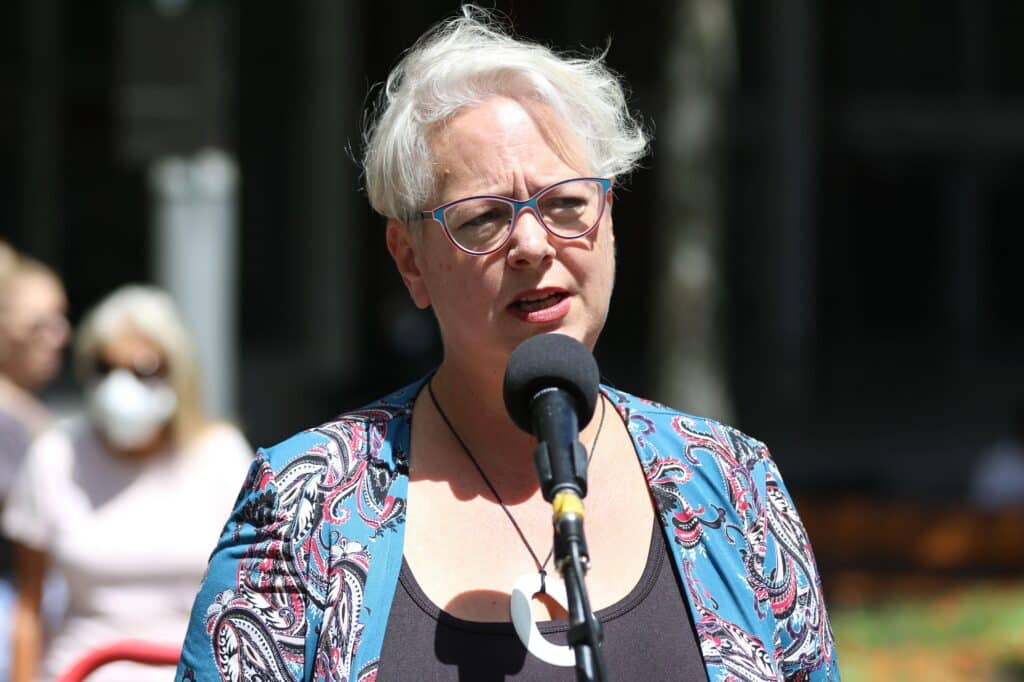Koala numbers remain high and, in some cases, are increasing in areas earmarked for the Great Koala National Park, with no difference between the State Forest – where timber harvesting is permitted – and the protected National Park.
That is according to groundbreaking research, GPS tracking reveals koalas Phascolarctos cinereus use mosaics of different forest ages after environmentally regulated timber harvesting, led by Dr Brad Law, the principal research scientist at the NSW Department of Primary Industries, and supported by researchers from Forestry Corp of NSW and the Port Macquarie Koala Hospital published last week.
It comes as research published by Flinders University last year claimed that Koala populations face the threat of extinction without “forest rejuvenating” sustainable forest management practices due mainly to the threat of climate-induced “megafires.”
According to Dr Law, the research team used GPS-tracing and remote sensing provided by LiDAR satellites to create timber mosaics created by timber harvesting over a seven-month tracking period, which means that koalas “maintain a stable home range with individual ranges overlapping across seasons.”

GPS tracking, combined with remote sensing, “provides a high-resolution picture of how individual koalas use the forest 5-10 years after timber harvesting,” according to the study, with the forest “comprised of a mosaic of regenerating saplings (5–10 years old), older trees retained in the net harvest area, and old regrowth in harvest exclusion zones.”
“These results strongly support our acoustic surveys (previously published) demonstrating high occupancy (of Koalas) in northeast NSW and no difference in density between harvested forest in the state forest and controlled forest in the national park,” Dr Law said, adding that it also offers insights into how koalas use areas that are heavily managed or where regeneration and restoration is a major part of the landscape.
According to Maree McCaskill, the CEO of Timber NSW, the new research “shows that Koala numbers on the North Coast are stable, and in some cases are increasing.” Before adding that Dr Law’s “7-year consolidated research paper is due in a couple of weeks.”

Concerns over declining numbers in the North East Coast are the main driver of the Great Koala National Park, which is now subject to an extensive consultative process. The findings from the process are expected to be handed down in November 2024.
Penny Sharpe, the NSW Environmental Minister and the powerbroker behind the push to establish the Park described the decision “as the most significant environmental commitment in NSW history” and said it was “essential to save koalas from extinction.”
However, the decision and its implications for the NSW and Australian supply of native hardwoods have led Australia’s largest supplier of utility poles, Koppers, to warn that a decision to close coups would create a “catastrophe” in the state’s energy network. One expert told Wood Central that replacing native hardwood utility poles with steel and concrete-based alternatives will cost the NSW taxpayer $25 million a year.






